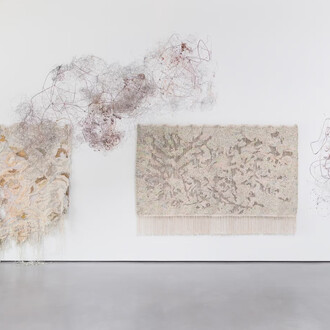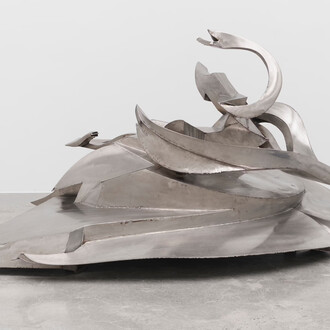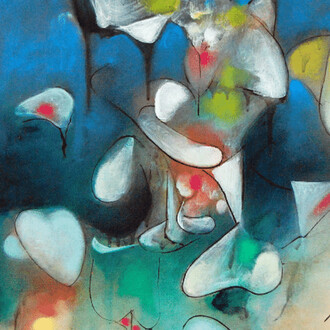The Pérez Art Museum Miami collection focuses on modern and contemporary art. While it includes examples from as early as the beginning of the 20th century, the majority of the artwork housed in the collection is by living artists and has been produced during the last several decades. While this emphasis on contemporary artistic practices informs the museum’s collecting and programming, the museum continually looks to emphasize connections between our current moment and a longer history of art.
Informed by these interests in art history, the current presentation of the permanent collection—installed thematically within two rooms on the first floor and four rooms on the second—is organized around the historical criteria of genres within Western painting and the traditional hierarchy of genres that developed out of the Renaissance period and was promoted within European art academies up through the 19th century.
The five genres explored in these galleries, Still Life, Landscape, Scenes of Everyday Life, Portraiture, and History Painting developed as categories when painting was still in its infancy as a respected medium. Each category was meant to highlight the intellectual rigor of the medium. The hierarchy that formed between genres placed still life at the lowest end of the intellectual spectrum, as it involved the representation of inanimate objects, and history painting at the highest level of artistic achievement, as it depicted human subjects involved in allegorical themes related to religion, mythology, or historical events.
These academic categories were challenged in the 19th century with the development of modernism and the avant-garde. However, the distinct characteristics and the symbolism traditionally associated with each genre have continued to resonate over the past century. The five genres serve as a productive point of dialogue with contemporary artwork created within an expanded field of artistic practices, including not only painting but also photography, video, and installation. Within Genres engages the critical space of genres as a creative referent and in doing so seeks to articulate a trans-historical approach to the investigation and exhibition of our museum’s collection, one that celebrates its contemporary vibrancy and historical continuity.
















